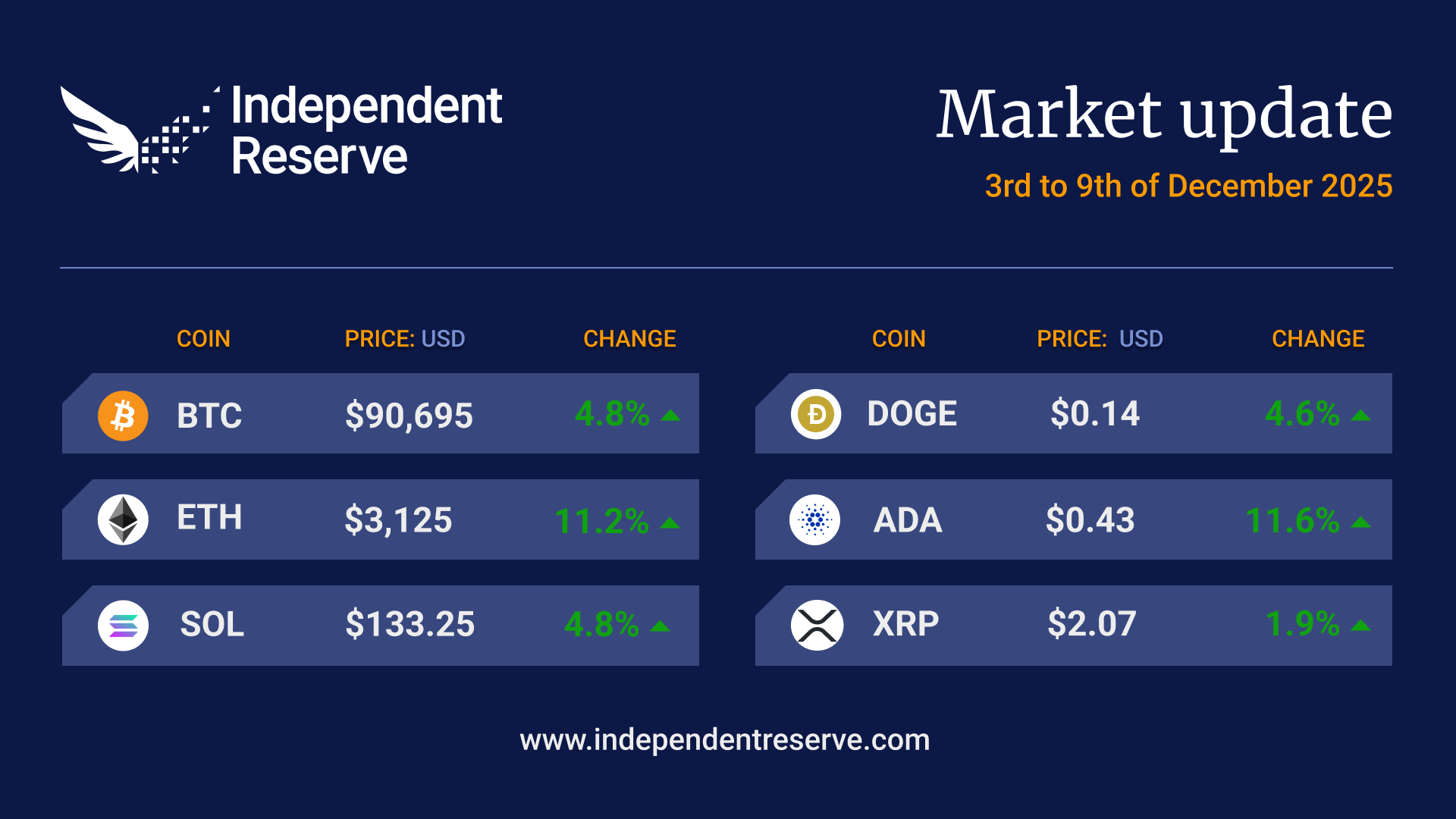Table of contents
|
Leverage trading allows traders to magnify their exposure to price movements by borrowing funds, but with higher exposure comes higher risk. One of the most critical risks is liquidation when your position is forcibly closed because your margin falls below required levels.
What is leverage trading?
Leveraged trading allows traders to potentially amplify their returns by using leverage, or funds advanced to them, to trade cryptocurrency. However, it also comes with a higher level of risk, as leverage magnifies the potential for loss. For a more detailed guide on leverage trading, read our guide here.
Liquidation risks in leverage trading
Margin Thresholds
You borrow funds to increase your exposure when you open a leveraged position. To maintain this position, you must keep a minimum margin (maintenance margin) in your account.
The exchange will automatically liquidate your position if your equity (your funds + unrealised P&L) drops below this threshold.
Example:
If you open a 10× long position with $1,000, you control $10,000 worth of assets. A 10% price drop wipes out your $1,000 margin, triggering liquidation.
Market Volatility
Sudden price movements can significantly increase the risk of losses when trading using leverage. This is why it is essential for traders to carefully monitor their positions and adjust their strategies accordingly when market volatility is high.
If the market moves against your position, it can lead to margin calls and potentially even liquidation if the losses are too significant. If you cannot post additional collateral, your position may be subject to mandatory liquidation at the best price available in the current market conditions.
Slippage and Liquidity Risk
Order books can thin out during fast-moving markets, and liquidation orders may execute at unfavourable prices. This causes additional losses beyond your margin, known as negative equity.
Overleveraging and Emotional Bias
Many traders underestimate how quickly liquidation can occur. Overconfidence, revenge trading, or lack of stop-loss planning can lead to complete liquidation even in minor corrections.
Key takeaway:
Leverage amplifies both gains and losses. Without strict risk control and sufficient margin, even small market moves can trigger rapid liquidation and wipe out your position.
How does stop loss work with leverage trading?
A stop loss is a feature that you can set on your leveraged position to automatically close your position if the market moves in the wrong direction. Once your specified loss amount is reached, a stop loss automatically closes your position at the best market price.
Alternatively, you can set a stop loss by specifying a market price at which the stop loss will be activated, attempting to close your position at the best available market price. It’s important to note that the stop loss is a trigger point.
In both cases, whether based on a specified loss amount or market price, there is no guarantee that your position will close precisely at that desired profit-and-loss (PnL) or market price. Market volatility can result in significant losses, even if you have set a stop loss.
Key takeaway:
In times of high market volatility, the stop loss on a leveraged buy position may be traded at a lower price than the stop loss price. Conversely, the stop loss on a leveraged sell position may be traded higher than the stop loss price.
Frequently asked questions
Who can leverage trade on Independent Reserve?
In accordance with the regulations of the Monetary Authority of Singapore (MAS), leveraged trading is available to CORPORATE ACCREDITED INVESTORS* only.
To qualify as a Corporate Accredited Investor, a company must meet one of the following criteria:
Company Net Assets: The company must have net assets exceeding SGD 10 million, as verified by:
- The most recent audited balance sheet, or
- A certified balance sheet dated within the past 12 months.
OR
Accredited Investor Shareholders: If the company does not meet the net asset requirement, its entire shareholding must be owned by individuals who are accredited investors or by entities that are themselves accredited investors.
Interested customers must opt in as Accredited Investors and submit supporting documents for review. Once approved, they will be notified by email. For further details or to begin your application, contact our relationship manager or email support@independentreserve.com.
*Please note that to maintain a company’s Corporate Accredited Investor status, Independent Reserve requires supporting documents to be resubmitted every 12 months, based on the initial qualification date.
What fees are charged for leverage trading?
Standard brokerage fees apply when opening or closing a position and if your position undergoes mandatory liquidation.
A daily interest rate of 0.1% is charged on any outstanding advanced funds for an open position.
If your position reaches mandatory liquidation and is closed by Independent Reserve, an additional 1% fee is added to the advanced portion of the funds, on top of the standard brokerage fees.
What is the maximum leverage that I can use on Independent Reserve?
The maximum leverage you can use when creating a new position on Independent Reserve is 5x. For example, for every $1 you provide as collateral, we will advance you an additional $4.
Trading using 5x leverage carries a significantly higher level of risk than using 2x leverage. While it can lead to greater profits, the risk of losses is amplified if the market moves against your position. Understanding these risks thoroughly before engaging in 5x leveraged trading is essential.


